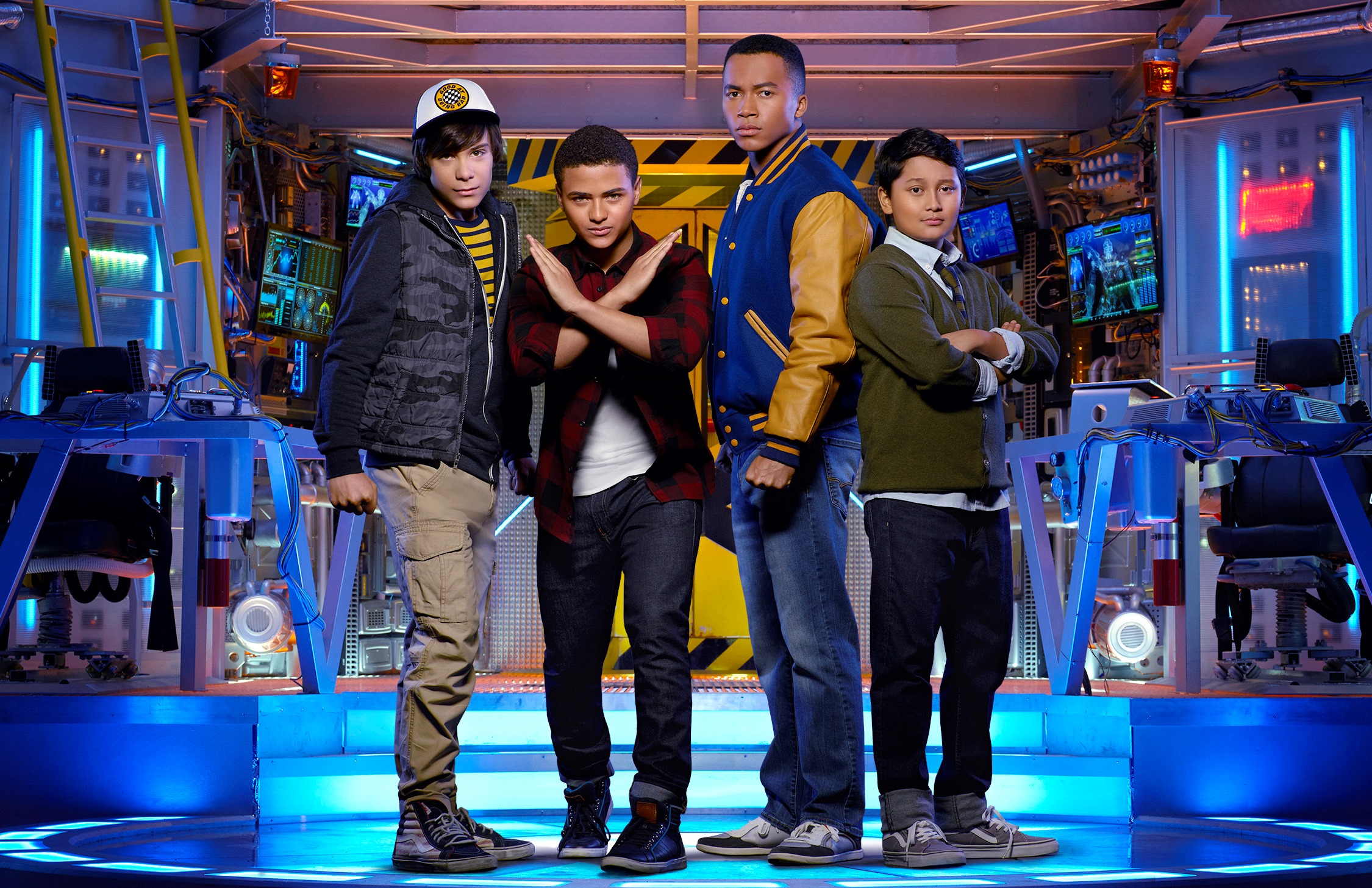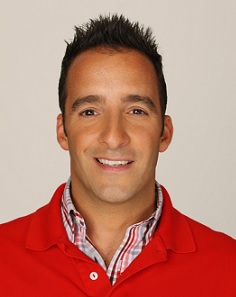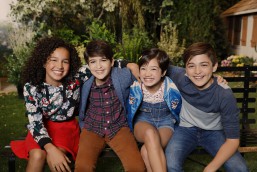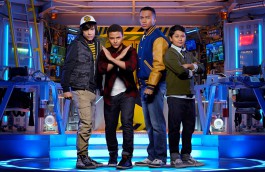What’s trending in kids content?
Disney exec Paul DeBenedittis on audience sophistication, making existing formats fresh and what not to pitch (hint: no zombie-apocalypse shows, please).

 It should come as a surprise to no one that the kids content space is evolving fast. But outside of Canada, where are those shifts taking place and what’s trending? In part two of this two-part story, which originally appeared in Playback magazine’s spring issue, we caught up with California-based Paul DeBenedittis (pictured), SVP programming and content strategy, Disney Channels Worldwide about what the company has on the go at the moment, key trends in the children’s content space, and where the industry is heading.
It should come as a surprise to no one that the kids content space is evolving fast. But outside of Canada, where are those shifts taking place and what’s trending? In part two of this two-part story, which originally appeared in Playback magazine’s spring issue, we caught up with California-based Paul DeBenedittis (pictured), SVP programming and content strategy, Disney Channels Worldwide about what the company has on the go at the moment, key trends in the children’s content space, and where the industry is heading.
What are the target audiences for Disney’s channels?
Across Disney’s portfolio of channels our target is two to 14. Disney Junior is preschool, Disney Channel is primarily for kids six to 14 (skewing toward girls) and Disney XD is broadly six to 14 (skewing slightly toward boys). But Disney Channel also appeals to boys and likewise Disney XD appeals to girls.
Have you found that the market is moving toward more serialized content for younger viewers?
For a while the market felt rather heavy on multi-camera sitcoms and animated shows, so I think there was an interest in trying something new and diversifying the content offerings from many different networks. Serialization is something that folks had not been really spending a lot of time on [in the past], but due to an increase in the level of sophistication in the storytelling, the way in which those shows could be marketed and promoted offered a different way to provide an entertaining experience for kids. Time will tell on the long-term success of this, but it’s definitely worthwhile for us to explore as we diversify our content offerings with audiences.
 Is this a recent development?
Is this a recent development?
I’d say in the past 12-to-18 months we’re seeing more of that. And certainly it’s something that we’re doing – we’re launching Andi Mack, which, while it does have self-contained stories, also has more serialized storytelling, that tends to be a bit more dramatic than what you would see from us in our traditional sitcoms. We also have a live-action adventure series, Mech-X4 (Omnifilm Entertainment), which is a somewhat serialized show.
What is driving the shift toward serialized content?
I think the general realization and understanding is that children are formulating different levels of sophistication earlier than we’ve seen in the past. I don’t think that’s a Netflix claim, I think it’s more of an internet claim. Children now have access to stories, content, themes and worlds that they didn’t have access to in the past. But, at the end of the day, a kid still wants content that’s going to make them laugh, with characters that they’re going to engage with because there’s something relatable.
 In terms of program length, what is Disney looking for?
In terms of program length, what is Disney looking for?
We tend to go for a mixture. While we look for the more traditional 22 and 11 minute shows, we’ve also acquired a variety of short-form content to utilize across our linear and non-linear platforms.
What do you want (and not want) to hear in a pitch?
I don’t want to hear about two best friends on an adventure. I don’t want to hear about the zombie apocalypse. And I don’t want a princess pitch. I also don’t want to hear a pitch where someone thought of a toy and then decided to figure out how to create content to sell that toy. What I do want to hear, in one line or less, is something that’s going to make me smile and lean in. For example, Walk the Prank (Blackbird Films, Sullen Child, Horizon Production): it’s a hidden-camera prank show, which in itself is not especially unique. But the way we were able to create it, where we brought scripting, engaging cast members and relatable pranks, made it unique.

 The definitive CDN broadcast and production resource.
The definitive CDN broadcast and production resource.










